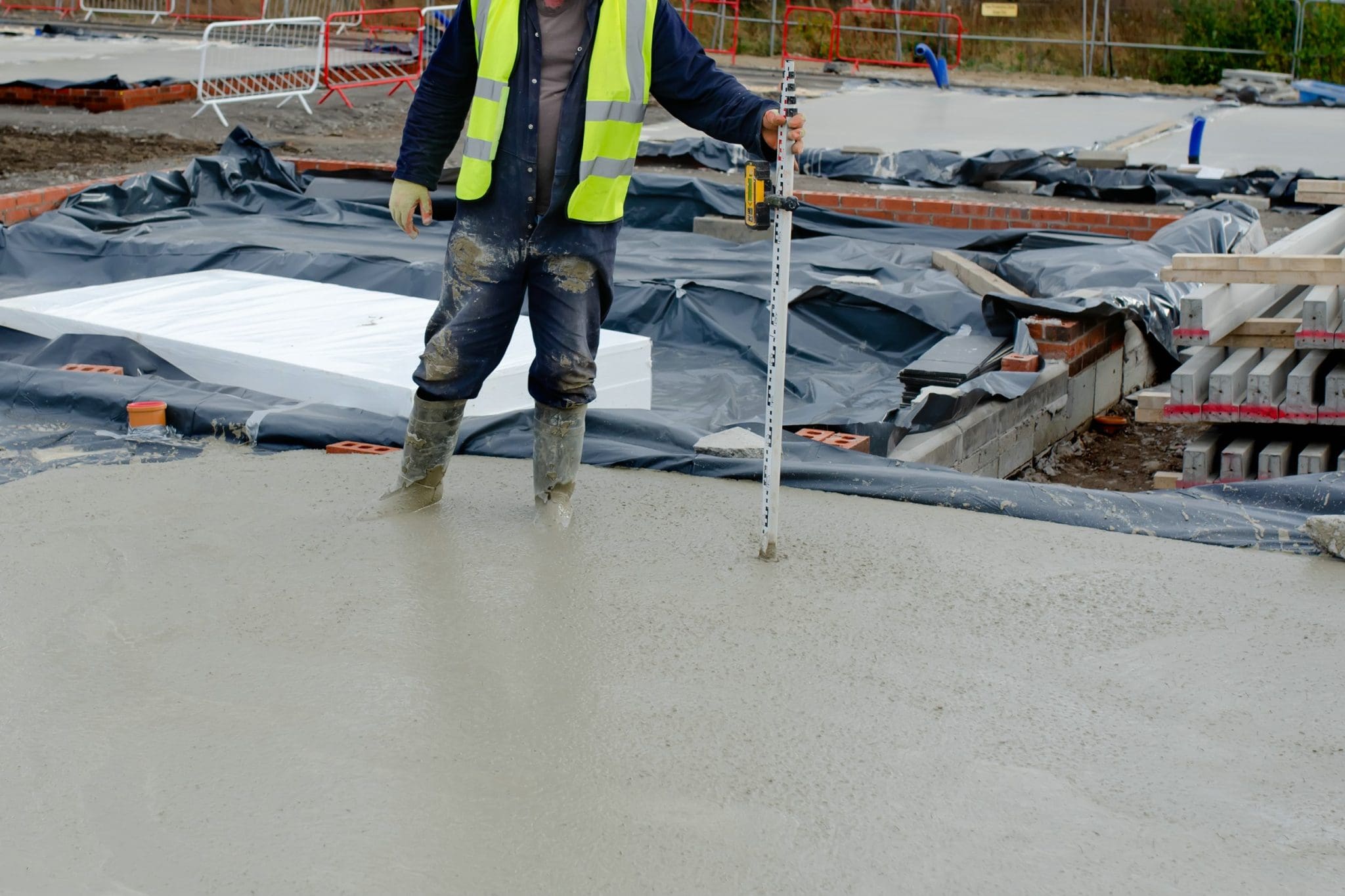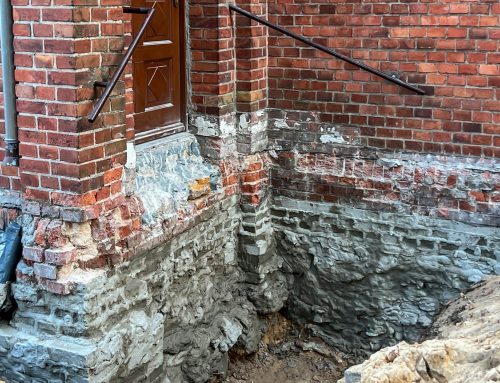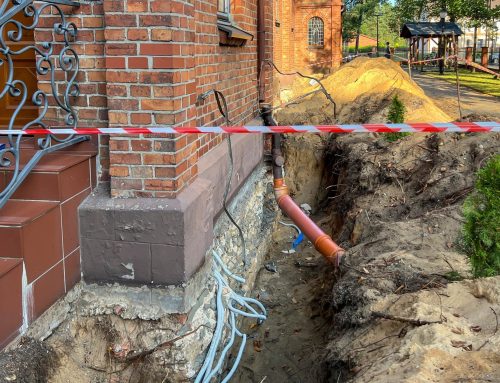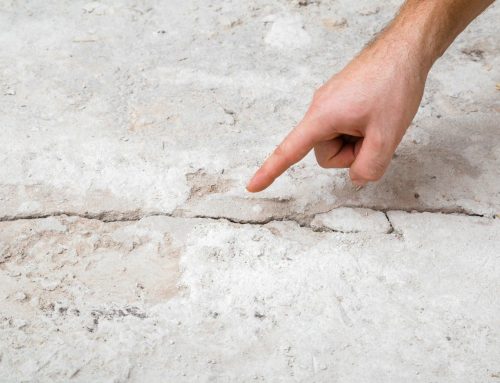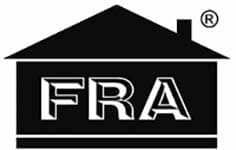First We should look into what a Slab Foundation is:
SLAB FOUNDATIONS
There is no doubt that the slab foundations have advantages and disadvantages. Even though they may be damaged, they are very common, particularly in warm climates. Property owners in those parts of the county where they freeze for months on end usually opt for a different kind of foundation. That’s because concrete slabs would crack if they were continually exposed to temperatures below0 (and certainly as low as-15 or-30 degrees). Geography and weather conditions dictate the type of foundation that is best for you. Due to weather conditions in the area, they often have issues that require solutions. It is important to learn why slab foundation service is often needed. Sometimes it’s due to land shifting. Foundation movement can crack the slabs and damage the foundation. Luckily, a lot of problems are easily remedied.
The slab foundation is generally referred to as the “slab on grade” foundation. Constructed of concrete, they became common in the 1950s. They are still widely built in the 21st century.
What’s the SLAB FOUNDATION?
The slab foundation is a large, thick slab of concrete that is typically 4″-6 “thick in the center and poured directly onto the ground at one time. The edges of the slab are thicker (as wide as 24) “to allow extra strength around the perimeter. Some foundations use post-tension cables, while others are strengthened with steel rods (rebar). These materials are used to make the slab extremely robust and capable of bearing the load bearing weight of the house or other structure. The concrete slab is generally positioned on a sand layer in order to improve drainage conditions and to act as a cushion.
A concrete slab does not have a crawl area underneath it. In this respect, this type of foundation differs from house foundations with basements: there is no room under the floor. Basements are typically found in the North, whether it’s getting very cold.
A concrete slab foundation is most commonly built on a property that, as it should be, has been graded. It is very important that the soil is graded because, if it is not, the foundation could sink or settle due to poor soil compaction.
ADVANTAGES OF SLAB FOUNDATIONS:
- One of their many benefits is that these foundations are generally cheaper to construct the pier and the foundations. Since wooden members, such as floor joists, are not required, as they are with pier and beam structures, that price is eliminated. In addition, since there is no ramp area under them, the utility bills associated with air conditioning and heating are lowered.
- Another advantage of having a concrete slab foundation is that it doesn’t take long to create it. The mortar itself is poured out in a single day. Of course, research is being prepared in advance. The entire process can often be completed in four days from start to finish, assuming that the weather is not a problem.
- As there is no crawl space (or airspace) under them, the utility bills associated with air conditioning and heating are lowered.
- Mold and mildew are not a matter of concern, nor are rodents or insects. This is because there is no room under the slab for the mold to form or the rodents to nest.
- They allow for a wider range of flooring options, including stained or painted concrete.
DISADVANTAGES OF SLAB FOUNDATIONS:
- The lack of a crawl space under them means that there is no space under a concrete slab that can be used for storage or for placement and concealment of utility equipment. As a result, all ventilation, as well as all duct work, must be installed inside walls or in the attic area.
- As the plumbing for the house is located below the concrete slab foundation, plumbing leaks require that any repairs be made by jack hammering the slab in order to fix the leak. This can create a big mess, and it’s expensive to do as well. Because plumbing leaks are under the slab, you may not be able to detect them until you notice that you have a particularly high water bill.
- Cracks can be a matter of concern because the slab is made of concrete. It’s important to know why the concrete slab foundation cracks. While concrete is extremely strong, it is prone to cracking due to variations in weather and moisture. It is essential to water around these foundations and maintain a constant level of moisture.


